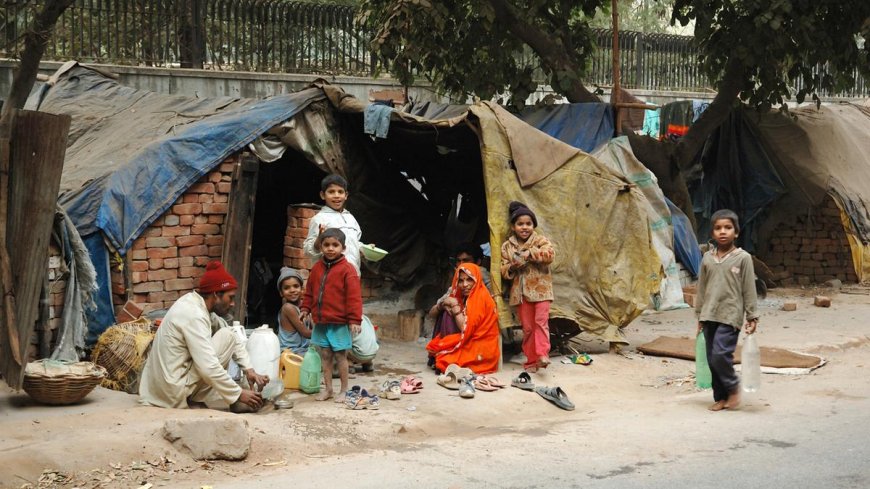Extreme poverty in India down to 5.3% in 2022-23: World Bank

Extreme Poverty in India Down to 5.3% in 2022-23: World Bank
Breaking News, Daily Updates & Exclusive Stories - asarkari
In a groundbreaking report released by the World Bank, India has registered significant progress in its fight against extreme poverty. The report revealed that the poverty rate has strikingly decreased to 5.3% in the fiscal year 2022-23, lifting approximately 171 million people out of extreme poverty. This success showcases India's resilience and dedication to improving the living conditions of its citizens.
Understanding the Numbers
The World Bank defines extreme poverty as living on less than $1.90 a day. With India reporting a reduction to 5.3%, this translates to a commendable achievement, especially considering the challenges posed by the COVID-19 pandemic. The feat of lifting 171 million individuals out of this dire situation illustrates the concerted efforts made by the Indian government in poverty alleviation and social welfare programs.
Government Initiatives Driving Change
Several initiatives have contributed to this remarkable decline in poverty levels. Programs focusing on employment generation, educational advancements, and healthcare improvements have significantly impacted living standards across the nation. For instance, schemes like the Mahatma Gandhi National Rural Employment Guarantee Act (MGNREGA) have provided rural households with guaranteed wage employment, fostering financial independence and stability.
Additionally, the Direct Benefit Transfer Scheme has streamlined subsidy transfers, ensuring that economic assistance reaches the most vulnerable sections of society without leakages. These government efforts, combined with the active participation of civil society organizations, have played a pivotal role in breaking the cycle of poverty.
The Road Ahead
While the reduction in extreme poverty is a momentous milestone for India, challenges persist. Analysts highlight that maintaining this momentum is critical to avoid a potential backslide. Ongoing efforts must focus on creating sustainable livelihoods and improving social safety nets. Ensuring equitable access to education and health services remains paramount to bolster resilience.
As global economic challenges loom, including inflation and market fluctuations, India's policymakers are urged to continue prioritizing poverty reduction in their agendas. Stakeholders must work collaboratively to ensure that future generations have the opportunities needed to thrive.
Conclusion
The World Bank's report highlights a pivotal moment in India's journey towards poverty eradication. With a rate of 5.3% in extreme poverty, the country has made commendable strides in fostering inclusive growth. The collaboration between the government, NGOs, and communities is essential for sustaining this progress. Together, they can build a brighter future where economic stability and opportunity are extended to all.
For more updates on India's progress in terms of poverty reduction, visit asarkari.com.
Keywords:
Extreme poverty in India, World Bank poverty report, poverty reduction in India, poverty rate 2022-23, economic growth India, social welfare programs, employment generation India, Direct Benefit Transfer scheme, MGNREGA India, inclusive developmentWhat's Your Reaction?
 Like
0
Like
0
 Dislike
0
Dislike
0
 Love
0
Love
0
 Funny
0
Funny
0
 Angry
0
Angry
0
 Sad
0
Sad
0
 Wow
0
Wow
0









































